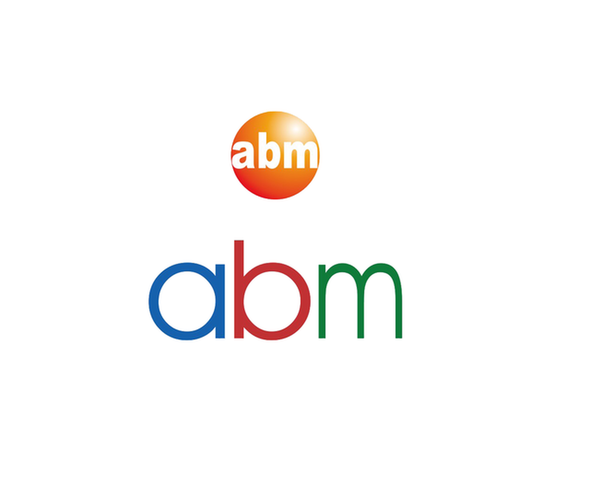abm human recombinant protein
Recombinant Human RANKL (TNFSF11) | Z102265
- SKU:
- Z102265
- Availability:
- 5 to 7 Days Shipment
Description
abm | Recombinant Human RANKL (TNFSF11) | Z102265
Human RANKL is a member of the tumour necrosis factor superfamily. It primarily affects the immune system by controlling bone regeneration and remodeling. It functions in osteoclast differentiation and activation. It also is expressed by T helper cells as a factor in dendritic cell maturation and survival. It is expressed after T-cell activation. It also appears to have a role in the regulation of apoptosis through activation of the antiapoptotic kinase AKT/PKB. It is not only expressed by immune cells, but also on a number of other cells in the lung, thymus, skeletal muscle and many others. It can be expressed as a trimeric transmembrane protein, a secreted form or a truncated ectodomain. Human RANKL shares 85% sequence similarity with mouse RANKL.
Functions:
coming soon
Organism:
Human
Source:
E. coli
Alias:
soluble Receptor Activator of NFkB Ligand, TRANCE (TNF-related activation-induced cytokine), OPGL, ODF (Osteoclast differentiation factor)
Gene Symbol:
TNFSF11
Gene ID:
8600
Accession:
O14788
Formulation:
Lyophilized from a 0.2 μm filtered solution in PBS
Solubility:
A quick spin of the vial followed by reconstitution in sterile distilled water to a concentration not less than 0.1 mg/mL. This solution can then be diluted into other buffers.
Appearance:
Lyophilized Powder
Molecular Weight (kDa):
20
Molecular Weight 2 (kDA):
N/A
Molecular Weight 3 (kDA):
N/A
Purity:
>95% as determined by SDS-PAGE
Concentration:
<1.0 EU/μg of recombinant protein as determined by the LAL method
Shipping Condition :
Ambient Temperature
Storage Condition:
The lyophilized protein is stable for at least one year from date of receipt at -70°C. Upon reconstitution, this cytokine can be stored in working aliquots at 2° - 8°C for one month, or at -20°C for six months, with a carrier protein without detectable loss of activity. Avoid repeated freeze/thaw cycles.






